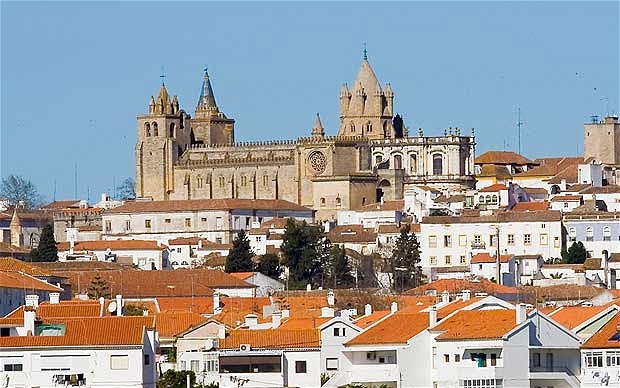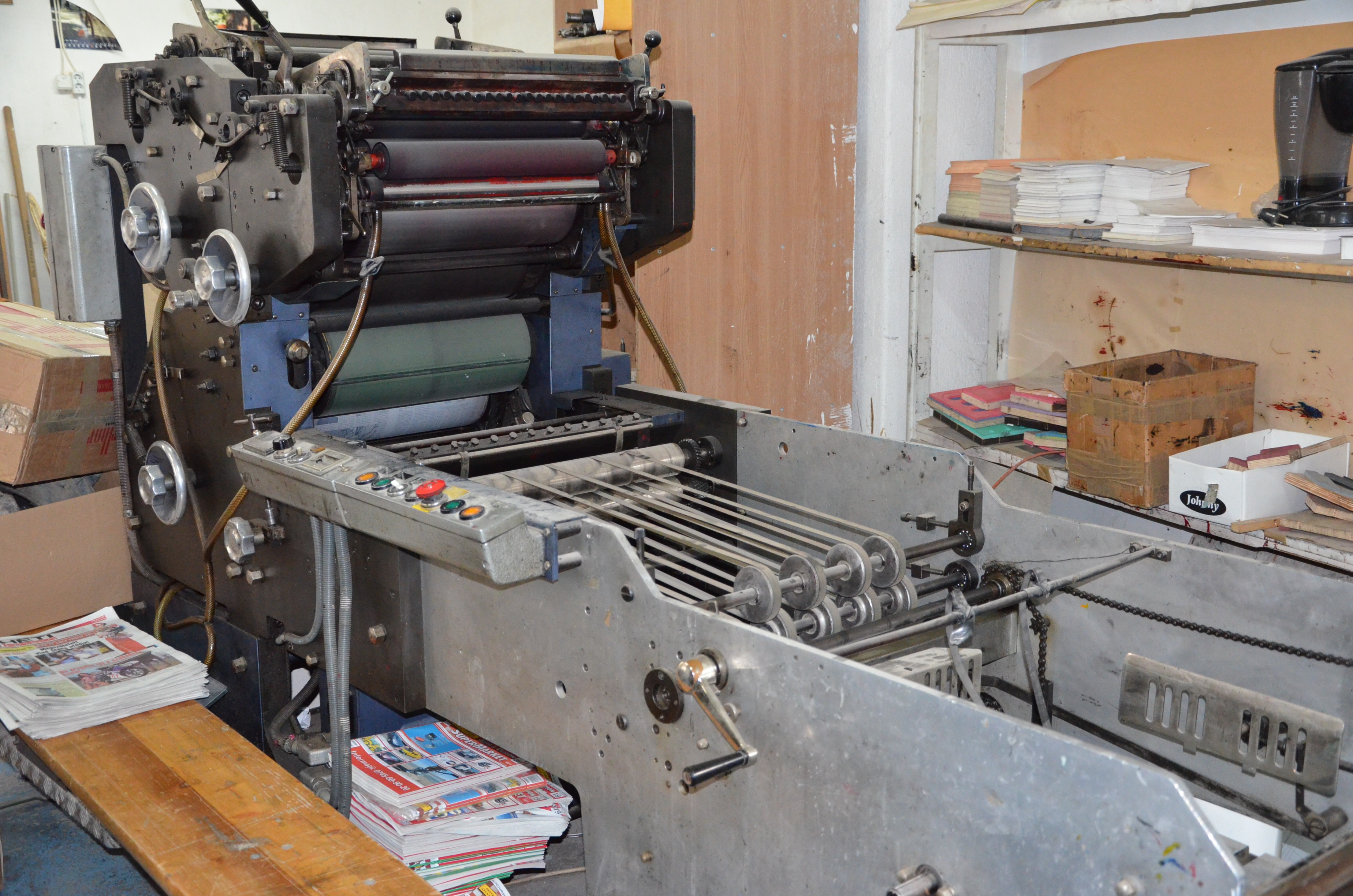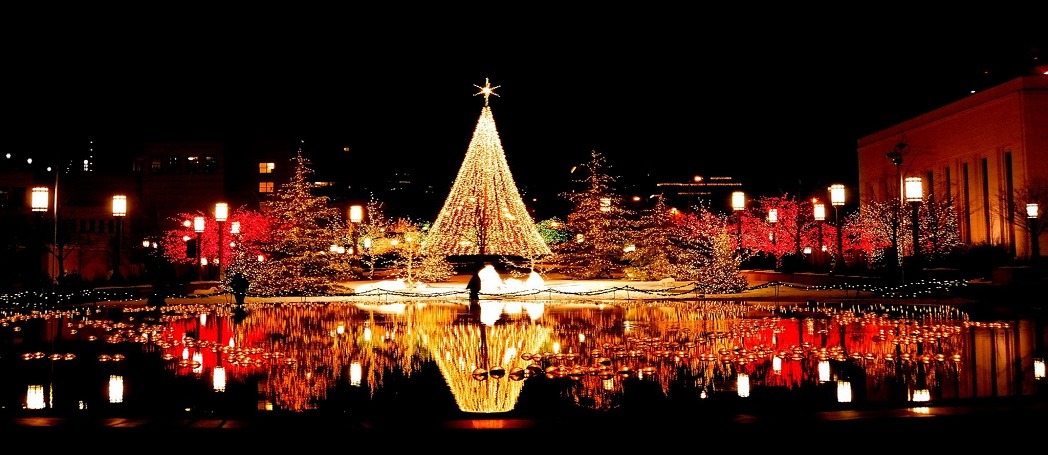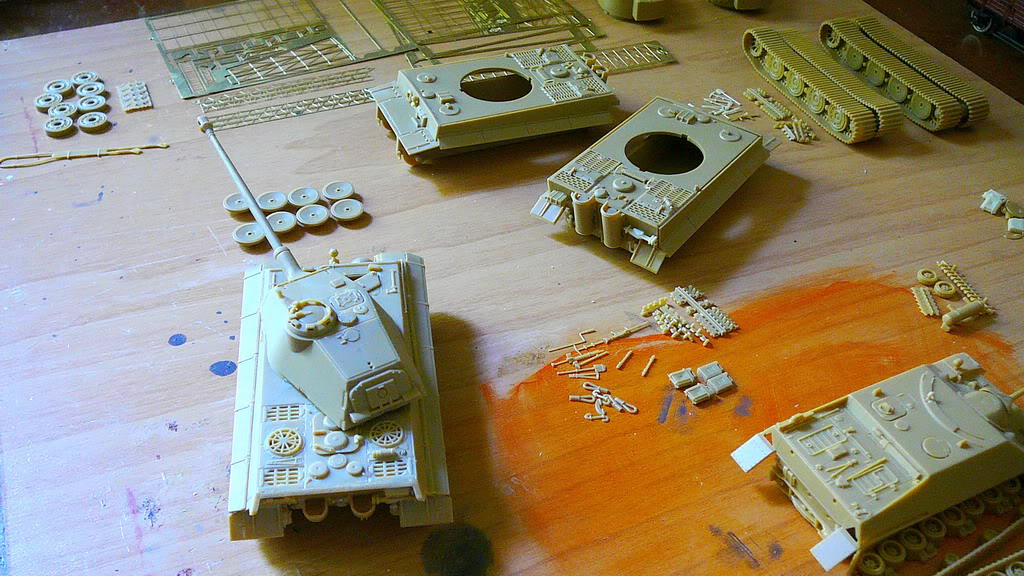
Evora, Portugal’s white jewel city, is a magnificent settlement located about 140 km east of Lisbon, in the heart of Alentejo province. Tucked away between gentle hills covered with plantations of vines, Evora seems at a first glance an excellent “base” for exploring one of the most famous Portuguese wine regions.
In fact, Evora has much more to offer! In addition to the world renown famous wine destination, Evora is a tourist attraction in the true sense of the phrase. With a rich historical and architectural legacy and a modern enviable look the city was recently designated a UNESCO site of World Importance. Its historical monuments, regional cuisine, music and cultural events here, and lately the nightlife are, reasons enough for a trip to Evora.
[adsenseyu1]
A true museum-city
Evora is hereby, one of the few cities in the world with a museum status. Its origins go back to the Roman period and reached its golden age in the 15th century, when it became the favorite residence of the Portuguese kings. Its unique streets, lively and colored, lined by the white blinding walls of houses decorated with “azuleos” and adorned with forged balconies, cannot be forgotten by anyone who walks along the city the city.
Moreover, its monuments and architecture have influenced Portuguese architecture of old cities such as Salvador de Bahia in Brazil. Evora was masterfully rebuilt from scratch after the devastating earthquake of 1755. Today, it is the administrative and cultural capital of the province Alentejo and one of the most important tourist destinations in southern Portugal.
Due to a continuous population growth, a situation that led to the rise of new districts in western , eastern and southern parts of the city, its original aspect has retained the charm and traditional Vuaban style,inside the wall built in the 17th century by the French architect Nicolas de Langres. In addition,the north area of the city and its surroundings have remained virtually unchanged.
[adsenseyu1]
Originally a small settlement of the Celtiberians , Evora became a Roman town named Julia Liberalitas preserving today the ruins of the Roman temple dedicated to the goddess Diana . During the period dominated by the Visigoths, the high defensive wall made by the Romans was rebuilt . With the Moorish conquest , Muslims have raised many other defense systems .After the Christian Reconquista , the only remaining presence of the Muslim remained the La Mouraria district in the north -east. One of the major attractions here is the huge cathedral built in 1186 , but completed in the 14th century .
Once the city became the royal residence of Portuguese kings they began to build magnificent cathedrals and palaces that can still be seen today in a perfect state of preservation. The Royal Church St. Claire, Os Loios church, Sao Joao Isere, Sao Francisco church, all dating from the golden age of the city.
The16th century was a time of great plans to build in their own Portuguese style. Then The Agua da Prata Aqueduct was built and the most of the wells, including the famous (among locals) Praca do Geraldo. At that time, the economic and urban boom inspired the cultural and religious development in Evora.
The Jesuit University of the Holy Spirit, where the Jesuit monks had been teaching since 1553, had a great influence on the culture and local science comparable here, in southern Portugal, with Coimbra the university with a similar role from the north. However, Evora declined rapidly after the expulsion of the Jesuits by the authorities of that time.
Walking through Evora
Once here, it is necessary to visit the Roman ruins, and if you are not very sensitive natures you can visit one of the most famous sights of the city, despite its grim reputation. It is the Capela dos Ossos a huge chapel entirely decorated with thousands human bones.
Another objective, unique in the world is the megalithic complex Almendres cromlech, the largest group of menhirs around the Iberian Peninsula and one of the largest in the world. It is located about 10 kilometers from the town of Evora towards Guadalupe. Here is the huge dolmen Anta do Zambujeiro.
Back in town, it is almost a matter of self awareness,visiting its renowned historical center, perfectly preserved, declared by UNESCO a site of global importance.
As such many visual and spiritual stimuli eventually lead to hunger, here’s a great opportunity to discover the local cuisine. The Alentejo region is renowned for its excellent cuisine recipes and Evora is the place with dozens of restaurants where it can be proved.
The region is famous also for the tradition in pig raising, so every restaurant offers dozens of recipes with steak, baked dishes and meat products based on pork. Lamb recipes are also interesting, as well as tasting the local cheese specialties, among which stands out the Serpa cheese.
The Evora Portuguese developed a true passion for sweets and dessert products. The night life is marked by the presence of young people, for Evora is a major academic center in Portugal. There are countless bars and clubs, and most of the year, people dance and party on the streets.
The Annual calendar, which abounds in many cultural events, music theater and film festivals, is like an extra invitation to stop by, in Evora any time of the year.






